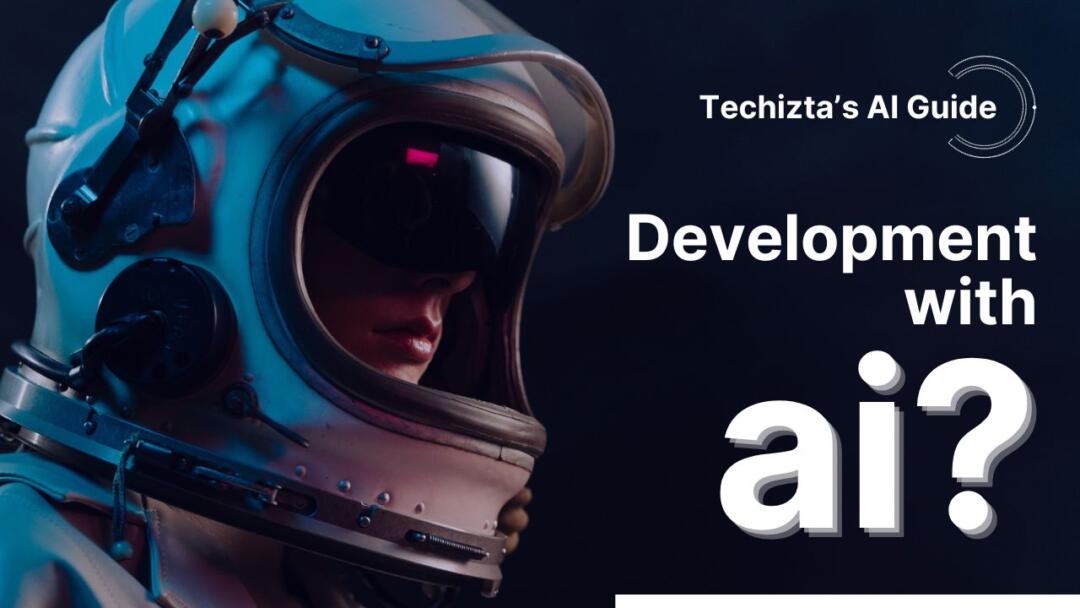Amazing Developer’s Guide to Building AI Applications
In the fast-evolving landscape of technology, artificial intelligence (AI) is undeniably one of the most prominent advancements. Developers today are at the forefront of harnessing AI’s potential to create groundbreaking applications. This developer’s guide will take you through the intricacies of building AI applications, providing you with insights, tips, and best practices to ensure your success.
Understanding the Basics
What is AI?
Artificial Intelligence refers to the simulation of human intelligence processes by machines, primarily computer systems. These processes include learning, reasoning, problem-solving, perception, and language understanding. AI can be categorized into two main types:
- Narrow AI: This type of AI is designed for a specific task, such as speech recognition or image classification.
- General AI: Also known as Strong AI, this type possesses human-like intelligence and can perform a wide range of tasks.
AI in Today’s World
AI has permeated various aspects of our lives, from virtual assistants like Siri and Alexa to self-driving cars and advanced recommendation systems on platforms like Netflix and Amazon. Developers have a pivotal role in driving this transformation by creating AI applications that cater to diverse industries.
The Development Process
Choosing the Right Framework
Selecting the appropriate AI framework is crucial. Popular options include:
- TensorFlow: Developed by Google, it’s an open-source machine learning framework known for its flexibility and scalability.
- PyTorch: A deep learning framework with dynamic computation graphs, favored for its ease of use.
- Scikit-Learn: A powerful library for classic machine learning algorithms.
Data Collection and Preprocessing
Data is the lifeblood of AI applications. You must collect, clean, and preprocess data to make it suitable for model training. Techniques such as data augmentation and feature engineering can significantly improve model performance.
Model Training
This is the heart of AI development. You’ll feed your data into the chosen framework, adjusting hyperparameters, and training your model until it reaches the desired accuracy. Experimentation is key in finding the best model for your specific problem.
Evaluation and Fine-Tuning
After training, evaluate your model’s performance using metrics relevant to your application, such as accuracy, precision, recall, or F1-score. Fine-tuning involves making adjustments to improve the model’s performance.
Practical Tips for Building AI Applications
1. Stay Updated
The field of AI is dynamic, with new techniques and tools emerging frequently. Stay updated with the latest research papers, attend conferences, and participate in online communities.
2. Data Privacy
Respect data privacy laws and ensure that you handle user data responsibly. Transparency in data usage is crucial for building trust with your users.
3. Scalability
Design your AI application with scalability in mind. As it gains popularity, you should be prepared for increased loads and user interactions.
4. User-Centric Approach
Always keep the end-users in mind when designing AI applications. A user-friendly interface and an intuitive experience are essential for success.
5. Collaboration
Collaborate with domain experts, data scientists, and other developers. This diverse input can lead to more robust and innovative AI applications.
The Future of AI Development
As AI technology advances, the possibilities for developers are limitless. AI-driven applications will continue to reshape industries, from healthcare to finance. Developers who embrace AI and stay committed to learning and innovation will undoubtedly play a vital role in this exciting journey.
Also Read: Unveiling The Top 15 Must-Have AI Products For Your Tech Arsenal
Building AI applications is a multifaceted process that requires dedication, continuous learning, and a user-centric mindset. By understanding the basics, choosing the right framework, and following best practices, you can embark on a successful journey into the world of AI development.
FAQs for Developer’s Guide to Building AI Applications
- What is the importance of a developer’s guide to building AI applications?
- Answer: A developer’s guide is crucial as it provides insights, tips, and best practices to ensure success in building AI applications.
- How does a developer’s guide help in understanding AI basics?
- Answer: A developer’s guide helps by explaining the fundamentals of AI, such as its definition, types (Narrow AI and General AI), and its role in today’s world.
- What are the key steps in the development process for AI applications, as mentioned in the guide?
- Answer: The guide outlines steps like choosing the right framework, data collection, preprocessing, model training, evaluation, and fine-tuning.
- Which AI frameworks are recommended for developers, as per the guide?
- Answer: The guide suggests popular frameworks like TensorFlow, PyTorch, and Scikit-Learn for building AI applications.
- What role does data play in AI development, as emphasized in the developer’s guide?
- Answer: Data is highlighted as the lifeblood of AI applications, and the guide explains the importance of collecting, cleaning, and preprocessing data.
- How does the guide recommend training AI models effectively?
- Answer: The guide advises feeding data into the chosen framework, adjusting hyperparameters, and experimenting to achieve the desired model accuracy.
- What are the practical tips mentioned in the developer’s guide for building AI applications?
- Answer: The guide provides tips like staying updated in the dynamic AI field, respecting data privacy, designing for scalability, maintaining a user-centric approach, and collaborating with experts.
- What does the guide foresee for the future of AI development, and why is it relevant for developers?
- Answer: The guide anticipates limitless possibilities in AI development and underlines that developers who embrace AI and innovation will play a vital role in reshaping various industries.
editor's pick
latest video
news via inbox
Nulla turp dis cursus. Integer liberos euismod pretium faucibua

